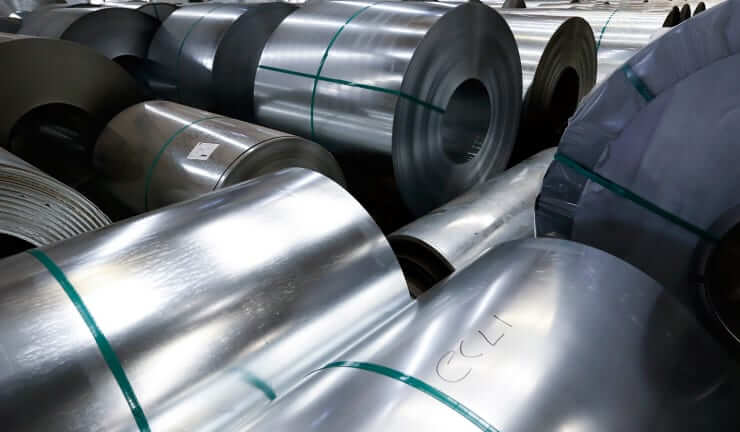According to S&P Global Commodity Insights, scheduled maintenance shutdowns will take place at various U.S. smelters from March through June, removing approximately 371,290 thousand tons of rated capacity from the market. Plants taking on these shutdowns account for just over 22.3 million tons of U.S. steel products annually.
Still, market participants, while hopeful, that supply cuts caused by plant shutdowns could help stem the decline spot prices, expressed concern that it would not have much impact on flat steel prices due to demand levels remaining steadily declining.
An S&P service source said: “Overall demand remains strong, and we will have to see if it stops or falls,” while other market participants were also hesitant to place orders after the recent round of price hikes that began late last week.
Steel companies Nucor and Cleveland-Cliffs on March 7 announced price increases to minimum base prices of $825 and $840 per ton, respectively.
Throughout the week, buyer-side sources said mills were testing supply levels in this range, while many were content to remain within contract tons while waiting to see if there would be a rise price support in the market.
Nevertheless, sources among sellers said that sentiment began to recover this week due to some restrictions in the receipt of orders.
As many market participants continue to pass on import offers for the second quarter and begin to feel that scrap metal prices may stabilize and then begin to rise again, domestic mills may be well positioned to win business.
According to the American Iron and Steel Institute (AISI), the current utilization rate of US steel mills is 78.1%. Adjusted year-to-date production, according to AISI, as of March 9, stood at 16.593 million tons at a capacity utilization rate of 75.8%, down 3.3% from the 17.168 million tons produced in the same period a year ago. when the load was 77.7%.





